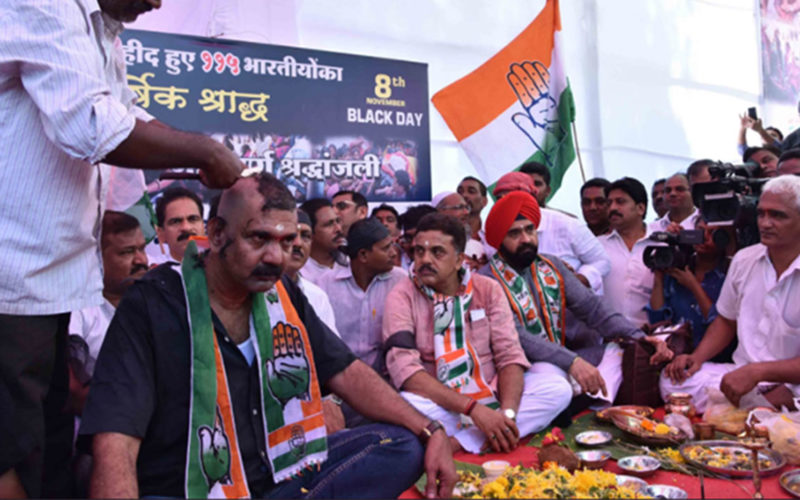A year has passed since we Indians felt our blood pressure rise and our monetary status fall. The much hated date, 8th November, has come and gone, and the Demonetisation birthday celebrations did not disappoint!
Disgruntled citizens and political parties alike have been protesting for pretty much the entire year, each time coming up with some innovative way to let PM Modi and FM Jaitley know how this move is not welcome.
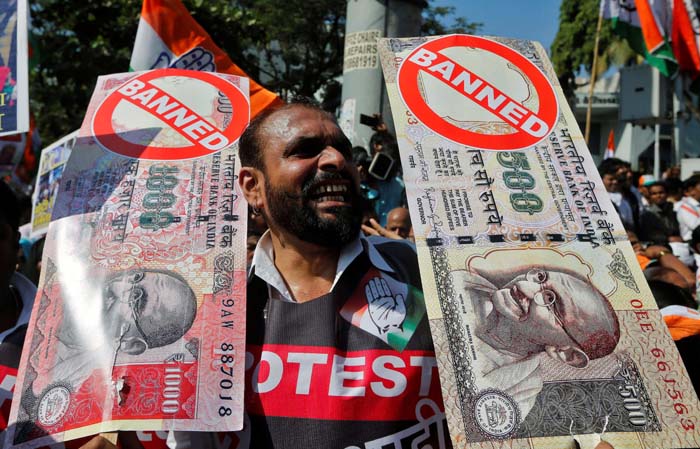
So of course, on the anniversary of this so-called ‘Black Day’, you could totally expect a grand finale-level spectacle. And what do you know, it was!
To mark the one-year anniversary of PM Modi’s national address announcing Demonetisation, political parties observed a shraadh.
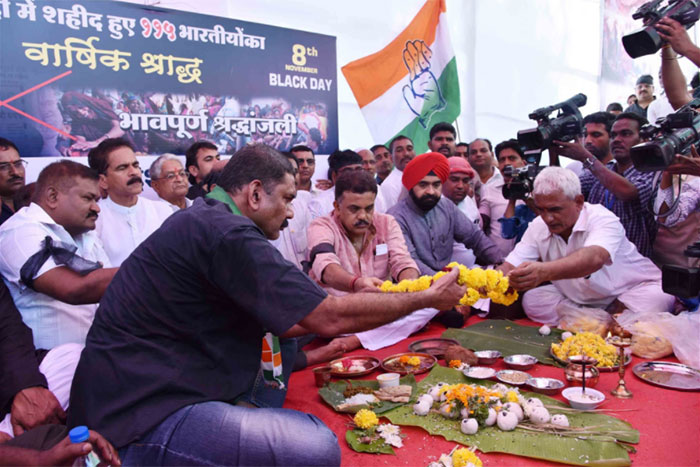
For those not in the know, shraadh is an a Hindu religious ritual that one performs to pay homage to one’s ancestors. There is a certain time of the year when this ceremony can be performed for deceased loved ones.
At Mumbai’s Azad Maidan, politicos from both NCP and Congress came together to perform the shraadh rituals to honour the demise of Rs. 1000 and Rs. 500 notes.
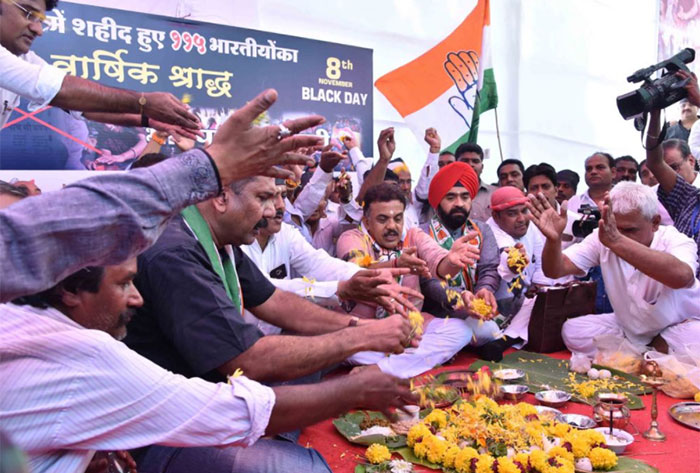
But it wasn’t just a remembrance for the long gone notes. The gathering was termed as a Shraddhanjali for all those who had lost their lives in the wake of the note ban.
President of Mumbai Congress Committee, Sanjay Nirupam, had sent out an invite in the form of tweet to everyone who wanted to be a part of the procession.
और एक हाईलाइट #नोटबंदी में जिनकी जान चली गई,उनकी याद में श्राद्ध का भी आयोजन है।आज़ाद मैदान पर। https://t.co/tN8ApNksgw
— Sanjay Nirupam (@sanjaynirupam) November 7, 2017
And people gathered in numbers to participate, placards and sign boards in hand, to protest the day that turned their lives upside down.
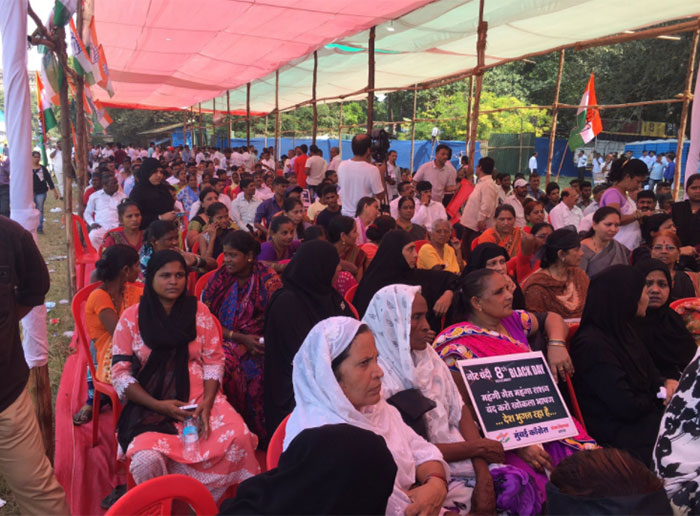
The rituals were followed to the T, with several members of the parties even getting their heads tonsured.
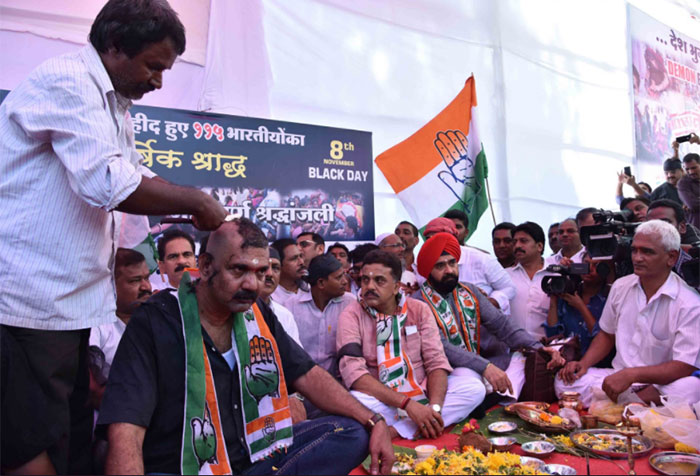
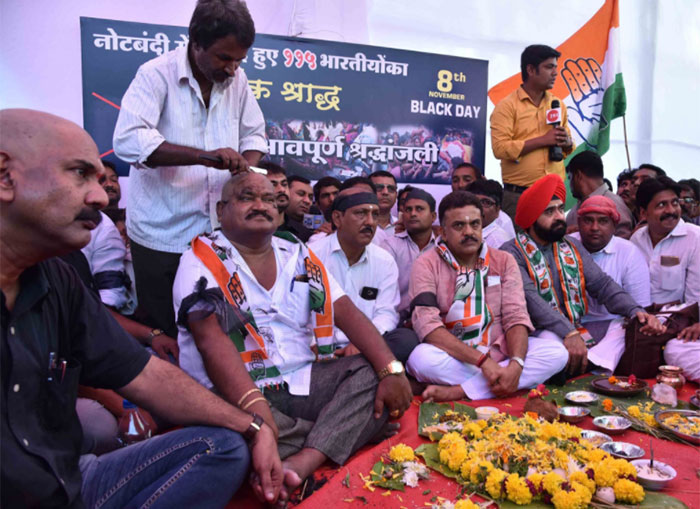
In lieu of it being called the ‘Black Day’, the protesters even had pieces of black cloth tied around their arms.
In a similar fashion, Shiv Sena workers too observed the shraadh in Nashik, complete with every ritual.
According to Navbharat Times, Shiv Sainiks performed the ceremonies at Ramkund, which happens to be the sacred bathing ghat on the Godavari river and the chief place of pilgrim during the Kumbh Mela.

They gave offerings and performed homa havan (holy fire sacrifice) before framed pictures of the banned Rs. 1000 and Rs. 500 notes.
Despite the slightly overwhelming nature of these gestures, these political parties should definitely get points for creativity.
Peaceful protests on controversial issues can be quite tricky and things are bound to get intense, even violent, at some point. However, such practices seem like peaceful way of putting across your point as well as giving those who were affected by the tragedy something to stand by.
As for those who wanted to try less extreme ways to protest, there were multiple hashtags trending on Twitter to pick from and a bonus of 140 more characters to voice their angst against demonetisation!




